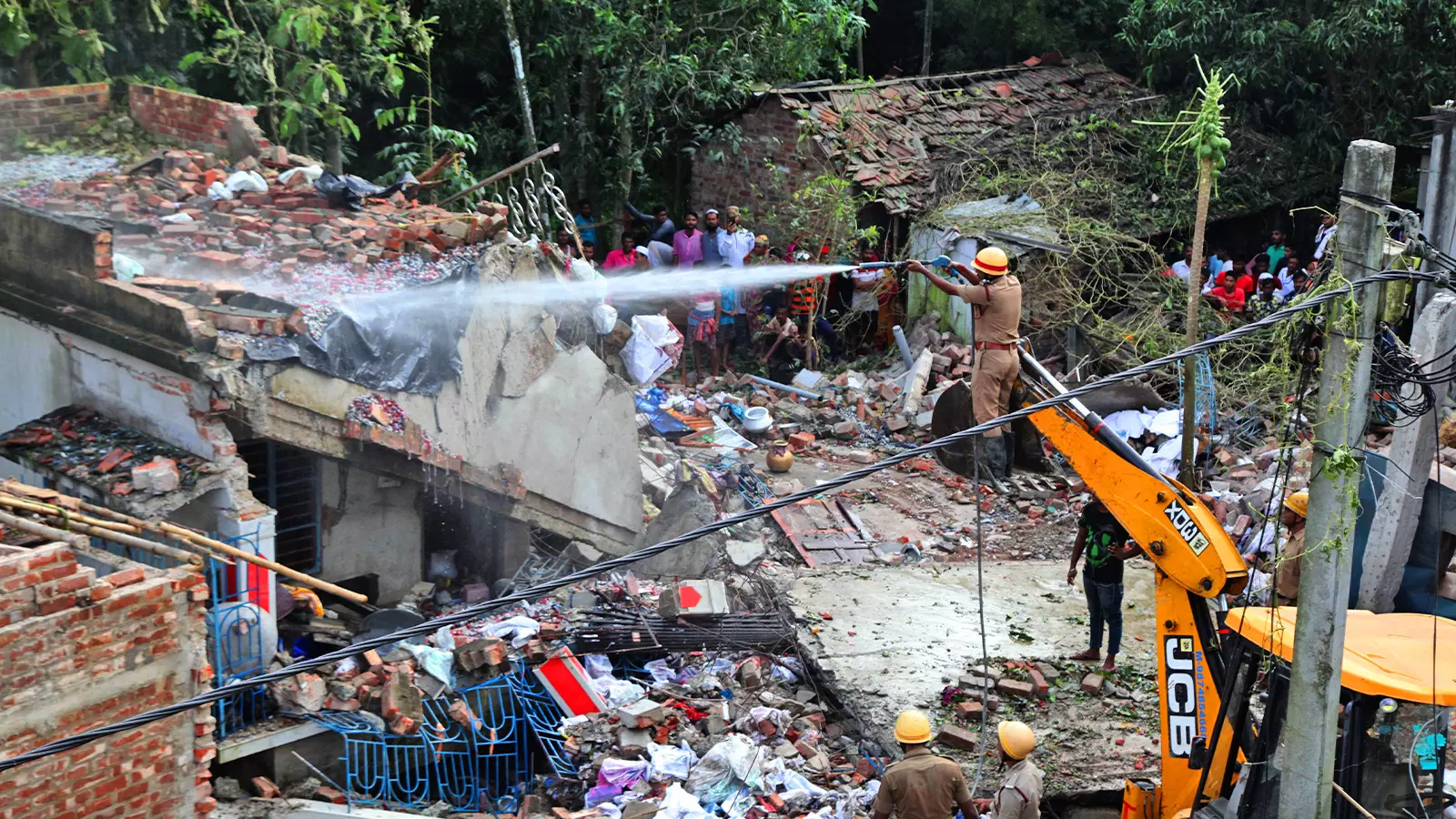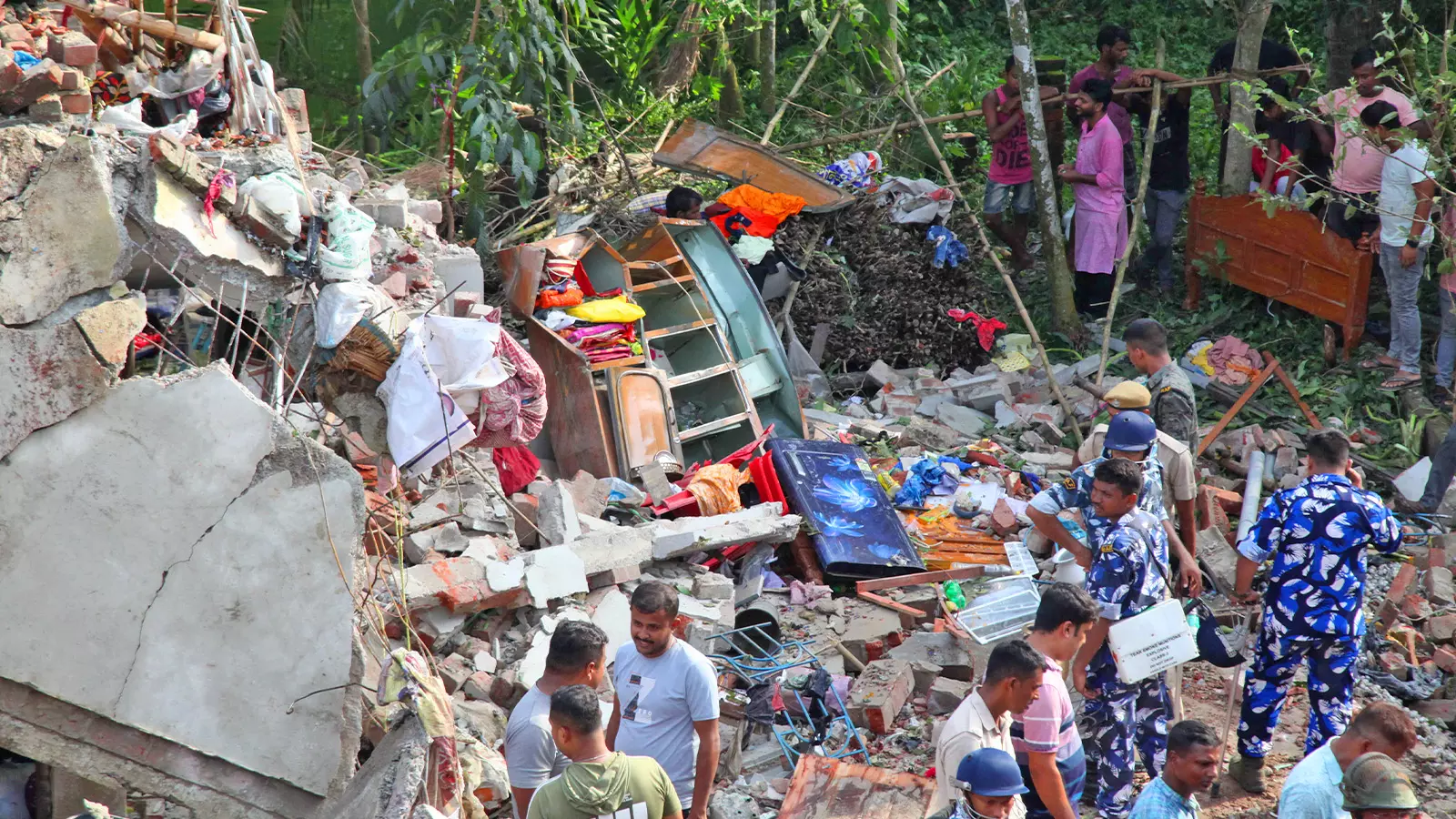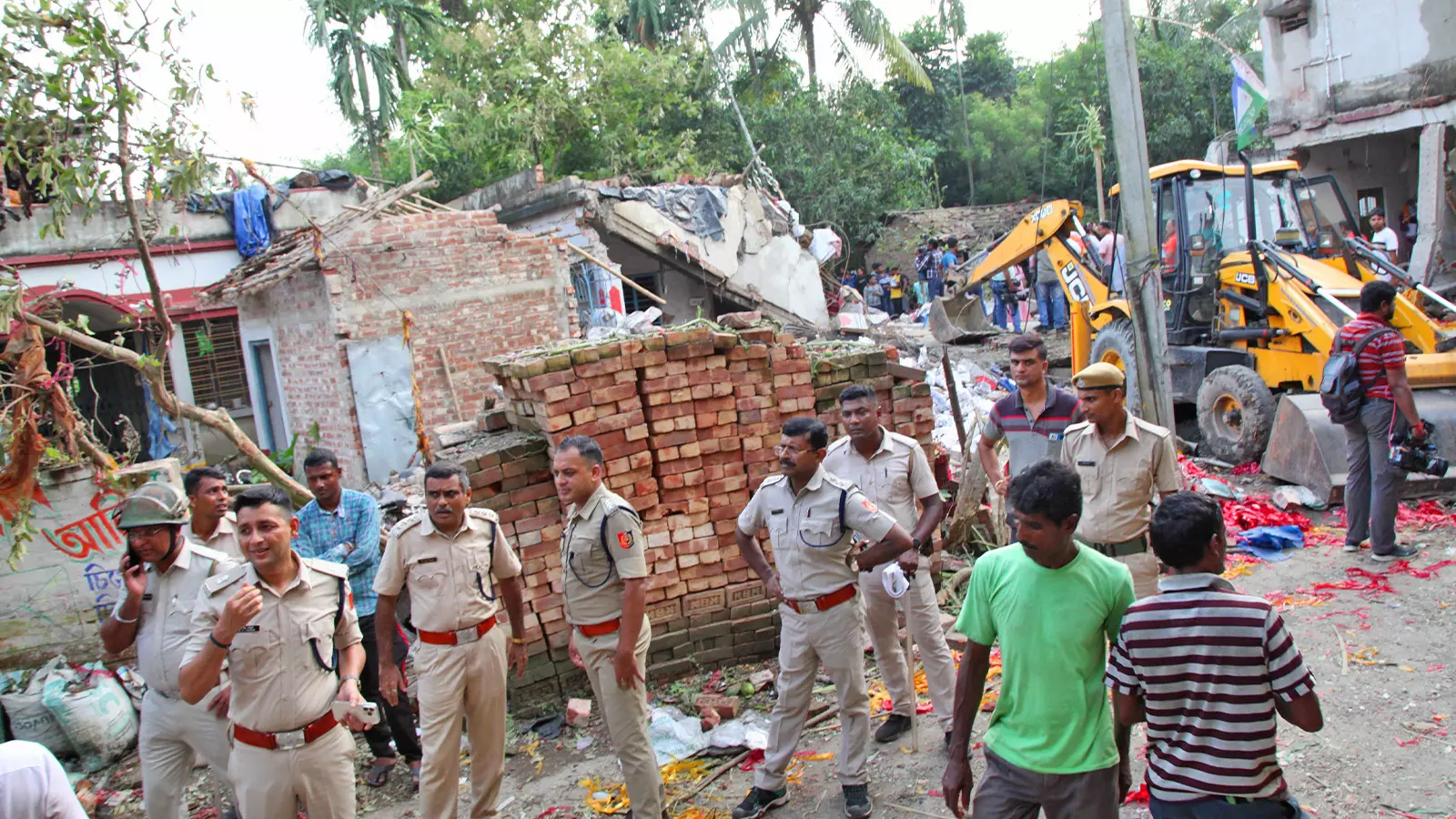
- Home
- India
- World
- Premium
- THE FEDERAL SPECIAL
- Analysis
- States
- Perspective
- Videos
- Sports
- Education
- Entertainment
- Elections
- Features
- Health
- Business
- Series
- In memoriam: Sheikh Mujibur Rahman
- Bishnoi's Men
- NEET TANGLE
- Economy Series
- Earth Day
- Kashmir’s Frozen Turbulence
- India@75
- The legend of Ramjanmabhoomi
- Liberalisation@30
- How to tame a dragon
- Celebrating biodiversity
- Farm Matters
- 50 days of solitude
- Bringing Migrants Home
- Budget 2020
- Jharkhand Votes
- The Federal Investigates
- The Federal Impact
- Vanishing Sand
- Gandhi @ 150
- Andhra Today
- Field report
- Operation Gulmarg
- Pandemic @1 Mn in India
- The Federal Year-End
- The Zero Year
- Science
- Brand studio
- Newsletter
- Elections 2024
- Events
- Home
- IndiaIndia
- World
- Analysis
- StatesStates
- PerspectivePerspective
- VideosVideos
- Sports
- Education
- Entertainment
- ElectionsElections
- Features
- Health
- BusinessBusiness
- Premium
- Loading...
Premium - Events

In West The quiet of the morning of August 27 in Mochpal Paschimpara village in Duttapukur was broken suddenly with a boom sound, which multiplied in no time, making it impossible to keep a count of how many bangs hit the area. When the noises ceased and the smoke settled, the veil on the destruction revealed. Nine had died and five were grievously injured.When the exercise to identify...
In West The quiet of the morning of August 27 in Mochpal Paschimpara village in Duttapukur was broken suddenly with a boom sound, which multiplied in no time, making it impossible to keep a count of how many bangs hit the area. When the noises ceased and the smoke settled, the veil on the destruction revealed. Nine had died and five were grievously injured.
When the exercise to identify the deceased began, the name of one Rony Sheikh among the nine killed in blast in an illegal firecracker unit in North 24 Parganas exposed the underbelly that sustains illegal firecracker units in the state.
Rony’s father Isha Sheikh was arrested by the National Investigation Agency (NIA) in June 2022 in connection with a blast at a railway station in Murshidabad district wherein Trinamool Congress leader Jakir Hossain and over 20 others were injured in February 2021, just days ahead of assembly elections.
Isha is accused of supplying explosives to Sahidul Islam, who hatched a criminal conspiracy in connivance with Abu Samad, to kill the then Bengal minister, and is now in judicial custody at the Presidency Correctional Home.

In West Bengal, over 30 lakh workers, many of them teenagers, are employed by illegal firecracker units, some of which surreptitiously make crude bombs.
Those close to the Sheikhs claimed that to support the family, Rony started working in the ‘firecracker unit’ after the arrest of his father because that was the only ‘job’ easily available. Isha’s brother Jirat Sheikh and another relative were also among those killed.
They were all natives of Murshidabad, a district where one fourth of the population, according to one study, makes a living from outside of the district.
West Bengal ranks fourth among the states that account for maximum number of outmigrants, according to a 2011 census. According to the same census data, over 2.4 million people from the state were outmigrants. The number has only increased in the past decade. Due to lack of proper employment opportunities in the state, lakhs of youth either leave the state or end up working in illegal firecracker units, just as Rony did.
Over 30 lakh workers, many of them teenagers, are employed by these units, according to a rough estimate of the state government.
Though there is no exact count of how many such illegal units exist in the state, the number runs into several thousand as it has almost become a cottage industry, said chairman of the West Bengal Firework Manufacturers’ Association (WBFMA) Babla Roy.
Nearly 20,000 illegal units have been closed down by the police since last Sunday’s blast, and seizures worth 40 tonnes of firecrackers and raw materials have been made. The number is a clear indicator of the extent of proliferation.
Residents of Duttapukur's Mojpole that was hit by the latest blast claimed that they ignored the presence of the illegal unit despite being aware of the risk factor as it had become a job churner.
“Members of almost every household of this and even neighbouring villages were working for the unit. They resisted any attempt to close down the unit that was providing them income,” Salma Begum, a local resident, told The Federal. “It was providing both direct and indirect employment. Many women used to work from home for the unit.”
A question of compulsion
Mixtures — a powder mix of potassium nitrate, barium nitrate and other chemicals — and wrappers were delivered to the women at the doorstep by delivery boys, mostly teenagers, said another villager who did not want to disclose her identity.
She said a woman could earn a minimum of Rs 120 per day by wrapping and packaging 1,000 pieces of firecrackers. Those who were ‘good’ at the job could even make Rs 240 per day by stuffing 2,000 pieces.
“The government prefers to turn a blind eye to the mushrooming of these units due to the fear of antagonising the locals. Even the opposition parties remain nonchalant about this until a major accident, like the one on Sunday, takes place,” said senior journalist and political commentator Amal Sarkar, who has written extensively on the subject.
Since May this year, the state has witnessed at least nine explosions in which over 20 people died, exposing the vulnerability of locals caught between lack of proper employment avenues and taking the hazards of the work in their stride.
The vulnerability has only increased ever since December 2021 when the Centre stopped releasing funds for the state under the 100 days’ rural job scheme—the Mahatma Gandhi National Rural Employment Guarantee Act (MGNREGA), admit state government officials.
The ill-fated Mojpole unit opened only a year ago. Similar units mushroomed in the past couple of years.
“I agreed to let my wife work in a firecracker-making unit as both of us did not find any work under MGNREGA for several months,” said Sanjit Bag. His wife Madhabi died in an explosion at a firecracker unit in East Midnapore’s Egra on May 16 this year.
“Those who lost their lives in Egra were driven to hazardous work due to the lack of opportunities under the 100 days of work scheme whose funds in Bengal have been frozen by the @BJP4India-led Centre,” said ruling Trinamool Congress spokesperson Kunal Ghosh in X (formerly Twitter).
North and South 24 Parganas districts, Hooghly, Howrah, East Midnapore and Murshidabad are the epicentres of these thriving unauthorised firecracker manufacturing units.
The illegality is only increasing with the tacit support of political parties and administration despite bans imposed by the Supreme Court and the National Green Tribunal on manufacturing and selling of all fireworks that are not ecofriendly. Only around 20 units in the state have a license to manufacture eco-friendly firecrackers. Firecrackers over 90 decibels are banned in West Bengal.
Apart from the domestic market, bulk of the products from the state are sold in states of Northeast India, Jharkhand, Bihar and Odisha.
According to a rough estimate of the WBFMA, the industry—both legal and illegal—generates a business of around Rs 4,800 core in a fiscal year.
“Earlier, the firecrackers were mainly in demand during the Kali Puja, Diwali and Chhat Puja. But now no festivity, celebration or electoral victory is considered complete without fireworks. Even for birthdays and marriage ceremonies, people are buying firecrackers,” said Manash Kundu, whose family has been in the business of making firecrackers for several decades in Nungi near Kolkata.
Nungi is regarded as the birthplace of pyrotechnics in West Bengal. The locals acquired the craft after the East India Company established an ordnance factory in the vicinity in 1821. Locals used to steal gunpowder from the factory to make firecrackers, Roy said.
Running illegal firecracker units is very common in Nungi, Champahati, Barasat and other pyrotechnic hubs of the state. “Political and administrative patronage to these units are not solely because the livelihoods of lakhs of people are linked to them,” said Sarkar.
From firecrackers to crude bombs
Under the guise of manufacturing fireworks, many of these illegal units are involved in making crude bombs that are being used in political turf war in the state, suspect police officials involved in the investigation of recent blasts in the state.
In Bengal, over the years, violence has become the everyday currency of exchange between the cadres of the ruling and opposition parties. The intermingling of politics, criminality and impunity, couple with the blurring of lines between political party workers and the local goons act as the catalyst to Bengal’s crime cottage industry.

Bengal has a tradition of making bombs indigenously using easily available ingredients such as charcoal, sulphur, potassium nitrate, fuel, iron kneels and stone chips.
Allegations of crude bombs being manufactured at such illegal units in the garb of making fireworks have grown louder after the state police recovered dozens of glass test tubes, beakers containing chemicals and drums filled with powders from a brick kiln near the Duttapukur blast site.
The suspicion further deepened after the police recovered glass test tubes and glass tumblers filled with chemicals and explosives at an unused brick kiln nearly one kilometre from the Sunday’s blast site. “Ammonium nitrate and potassium chlorate were suspectedly stored in the abandoned kiln,” a police officer involved in the investigation said. Stone chips that are used in crude bombs for maximum impact are also found there.
Bengal has a tradition of making bombs indigenously using easily available ingredients such as charcoal, sulphur, potassium nitrate, fuel, iron kneels and stone chips, police sources said. Now sulphur is used with ammonium nitrate to make the bomb more lethal, sources added. These chemicals are used in fertilizers and hence are not difficult to get.
The crude bomb industry represents just how deep the politicisation and violence runs.
As the politics of Bengal is becoming more and more violent, the “art of illegal-bomb making” will always be in high demand and prompt more and more people to venture into this risky, illegal entrepreneurship. Law be damned.

